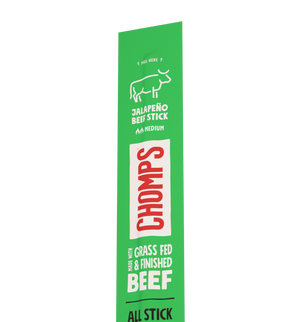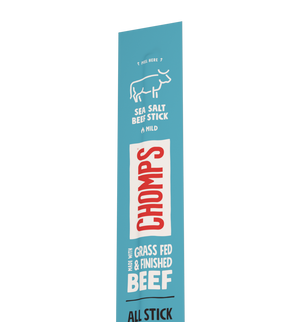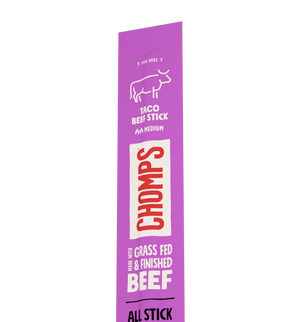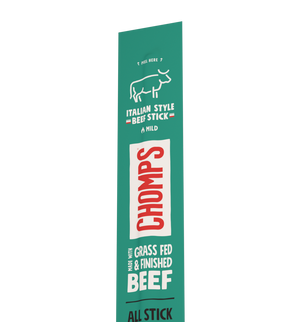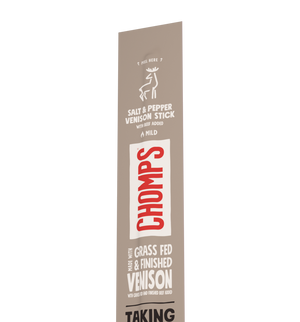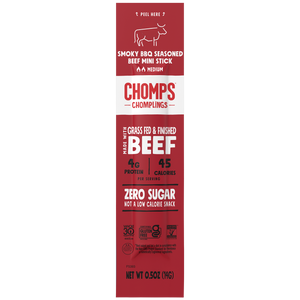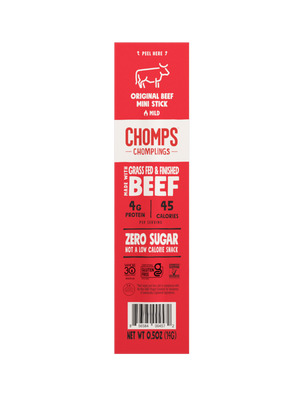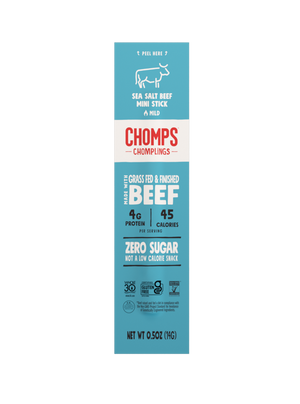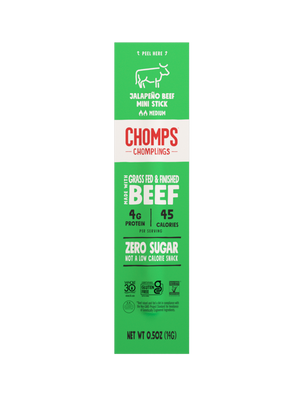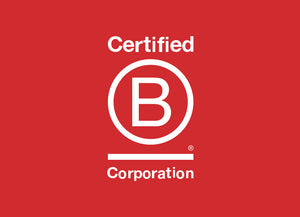Protein is one of the three macronutrients (along with carbs and fats). It’s made up of amino acids, often called the “building blocks of life”. Protein is involved in many important functions, such as muscle growth, making enzymes, repairing tissues, regulating hormones, and supporting immune health. [1]
The current Recommended Dietary Allowance (RDA) for protein is around 0.8-1 gram per kilogram of body weight per day for adults. [2] This is the amount needed to prevent muscle wasting and likely not enough for active adults.
The exact amount you need depends on your age, sex, body composition, activity level, and health goals. This is why the Dietary Guidelines for Americans 2020-2025 emphasize prioritizing high-quality sources of protein versus focusing on counting grams.
A true protein deficiency is relatively rare among healthy people, as long as calorie intake is adequate. [3] Still, you might be wondering how to get enough while including more high-quality protein sources.
How to Increase Protein Intake
There are plenty of simple ways to add more protein to your diet. Here are 15 of the best ways to get protein in your diet that don’t require much thought or extra prep work.
1. Incorporate Lean Meats
Opt for skinless poultry, lean cuts of beef, or pork loin to boost your protein intake without excess saturated fat. Add them to a grain dish, sliced and added to pasta or salads, or wrapped in a tortilla. A 3-ounce serving of skinless chicken breast contains around 27 grams of protein.
2. Add Eggs to Your Diet
Eggs are versatile and packed with high-quality protein, offering essential amino acids necessary for muscle synthesis and tissue repair. You’ll get between 6-7 grams of protein in one large egg. Toss a hard-boiled egg in your lunch box, enjoy scrambled eggs for breakfast, or use them in a recipe to make Egg Muffins.
3. Include Dairy and Non-Dairy Alternatives
Include sources like Greek yogurt, cottage cheese, and low-fat milk in your diet for their rich protein content. A 1/2 cup serving of cottage cheese contains 12 grams of protein. Try yogurt or cottage cheese with fruit and nuts for an afternoon snack.
Avoiding dairy? No problem, dairy alternatives made from soy and peas have a similar protein content.
4. Try Plant-Based Protein Sources
Add more plant-based foods such as tofu, tempeh, lentils, and chickpeas which are excellent sources of protein, providing essential amino acids and fiber. You can use plant sources of protein in place of meat, such as in chili or stew, spaghetti sauce, stir-fries, and breakfast scrambles. Cook a 1/2 cup serving of lentils and you’ll get 9 grams of protein.
5. Enjoy Fish and Seafood
Incorporate fish like salmon, tuna, and cod into your meals as they are rich in protein and heart-healthy omega-3 fatty acids, supporting muscle health and reducing inflammation. Enjoy baked or roasted fish with a side of quinoa and sweet potatoes. A 3-ounce portion of cooked salmon has 20 grams of protein.
6. Snack on Nuts and Seeds
Almonds, peanuts, chia seeds, and pumpkin seeds are convenient protein-rich snacks that also provide healthy fats, promoting satiety. A 1-ounce serving of raw cashews has 5 grams of protein. Add nuts and seeds to homemade trail mix or sprinkle them into your oatmeal and yogurt.
7. Include Protein-Rich Grains
Opt for quinoa, amaranth, and buckwheat as they contain higher protein content compared to other grains, making them excellent choices for those with gluten sensitivities. Use these types of grains in place of rice, to make a grain salad, or add them to soup. Just one cup of quinoa provides 8 grams of protein.
8. Utilize Protein Supplements
Whey protein, casein, and plant-based protein powders can be convenient options to meet your daily protein needs, especially for athletes or those with busy lifestyles. Depending on the type of protein powder and brand you choose, it could contribute between 20-30 grams of protein per serving. Add a scoop of protein powder to your smoothies to gently mix it into oatmeal.
9. Incorporate Protein-Rich Vegetables
You may be surprised to hear this, but veggies have protein too. Broccoli, spinach, Brussels sprouts, and peas are not only packed with vitamins and minerals but also add a small amount of protein per serving. Aim to add a vegetable to each meal. For example, a 1/2 cup of chopped broccoli florets has around 1.5 grams.
10. Enjoy Protein-Packed Snacks
Snack on protein bars, homemade trail mix, or edamame for convenient and portable sources of protein. Toss some Chomps meat sticks in your to-go bag to be ready for what the day brings. Our Sea Salt Beef stick provides 10 grams of protein.
11. Include Protein at Breakfast
Breakfast means to “break a fast”, so start your day with a well-rounded, balanced meal. Start your day with protein-rich foods like Greek yogurt with fruit, scrambled eggs with vegetables, or a protein smoothie to kickstart your metabolism and keep you full longer. A 6-ounce container of low-fat Greek yogurt contains 14 grams of protein.
12. Opt for Protein-Fortified Foods
A quick way to add more protein to your day is to include some everyday foods that have added protein. For instance, certain fortified cereals, bread, and pasta have added protein. You could also choose legume-based pasta which is naturally high in protein. A grain and legume pasta can contribute 10 grams of protein per 2 ounces.
13. Cook with Protein-Rich Ingredients
Add simple protein foods while you’re cooking. Use ingredients like nutritional yeast, hemp seeds, and spirulina in your recipes to boost the protein content of your meals, adding unique flavors and nutrients. Two tablespoons of nutritional yeast contain 3 grams of protein.
14. Plan Your Meals
A little planning can go a long way to alleviate some of your time and effort on busy days. Think about what you need for the week ahead and how you’re going to include protein sources in your meals and snacks. Ensure each meal contains a source of protein along with carbohydrates and healthy fats to support overall health, energy levels, and muscle recovery throughout the day.
15. Track Your Protein Intake
If you don’t know how much protein you’re eating, why not track it for a couple of days? This can give you an idea of whether you’re falling within the range of your needs and goals. Plenty of apps do this or you can simply write it down in a food journal.
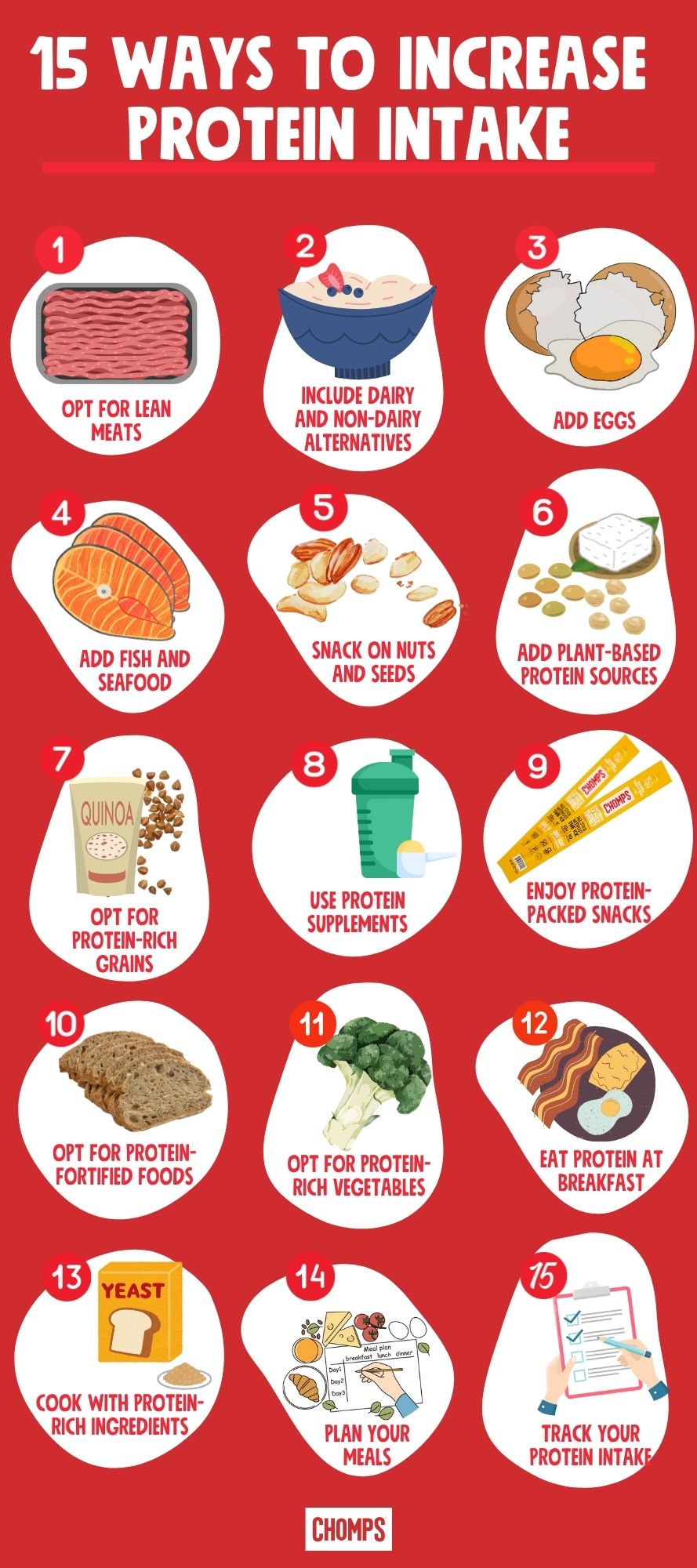
Key Takeaways to Get More Protein
Most of us don’t have trouble including protein in our diet, but if you’re looking to boost your intake or choose high-quality options, consider the ideas above. A good place to start is to take a broader look at what you’re currently consuming and figure out places you could add more. Incorporate protein sources in all of your meals and snacks to help divide it evenly throughout your day.
Read More: 5 Protein Hacks You Need to Know About
Lucky for us, there are plenty of foods that contain protein. Some of the best sources are lean meats, tofu, legumes, lentils, fish, eggs, nuts, and even some vegetables. Add supplemental protein powder if needed. Get creative and discover what protein foods you like the most!
Protein Intake FAQs
What foods are high in protein intake?
Foods high in protein include lean meats such as chicken, turkey, and beef, which provide essential amino acids for muscle repair and growth. Each Chomps meat stick provides 10-12 grams of protein for a tasty snack.
Seafoods like salmon, tuna, and shrimp are also rich in protein, along with beneficial omega-3 fatty acids for heart health. Plant-based sources like tofu, lentils, beans, and quinoa are also great options, offering fiber, and other essential nutrients.
How can I increase my protein intake fast?
If you need ideas for ways to increase protein intake, start by prioritizing foods like:
-
Eggs or Greek yogurt that you can begin your day with
-
A protein shake or bar you can grab for on-the-go fuel
-
Lean meats like chicken breast or turkey you can add to meals
-
Protein-rich options like nuts, cheese, or jerky you snack smarter with
Chomps meat sticks are a great way to increase protein intake that is also handy, fast, and requires no prep.
How can you get 100 grams of protein a day?
First, if you’re not sure how much protein you should aim for, meet with a registered dietitian to help you estimate your needs. If you have a daily protein goal of 100 grams, include a variety of protein foods in every meal and snack. Good sources include lean meats, fish, eggs, dairy products, legumes, tofu, and protein supplements.
How much protein do I need a day?
The general recommendation is approximately 0.8-1 gram per kilogram of body weight daily for adults. However, your exact needs depend on age, activity level, and health goals. Active individuals may require more to support muscle recovery and growth. Rather than obsessing over exact numbers, focus on incorporating high-quality food sources throughout your day to increase protein intake effectively.
References
[1] LaPelusa, Andrew, and Ravi Kaushik. “Physiology, Proteins.” PubMed, StatPearls Publishing, 2024.
[2] National Research Council (US) Subcommittee on the Tenth Edition of the Recommended Dietary Allowances. “Protein and Amino Acids.” National Academies Press (US), 2013
[3] Watford, Malcolm, and Guoyao Wu. “Protein.” Advances in nutrition (Bethesda, Md.) vol. 9,5 (2018): 651-653. doi:10.1093/advances/nmy027


